Figures & data
Figure 2. Global numerical solution indices refers to local nodes of arbitrary finite element after double split of the spatial and temporal finite elements.
![Figure 2. Global numerical solution indices refers to local nodes of arbitrary finite element [xi,xi+1]×[tj,tj+1] after double split of the spatial and temporal finite elements.](/cms/asset/5ff011be-8b9e-4484-9646-e16b451af0bf/oama_a_2333626_f0002_oc.jpg)
Figure 3. Graphs of the FE solution of example 5.1 for mesh and double mesh grid with parameters
and
.
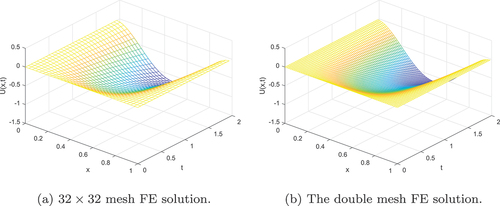
Figure 4. The graph of element-wise absolute maximum error of the FE solution in example 5.1 for mesh when the parameters
and
.
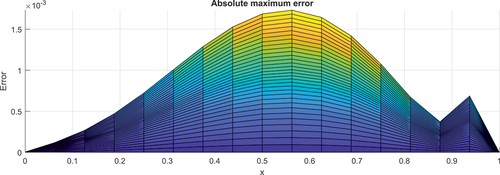
Figure 5. The graph of element-wise absolute maximum error of the FE solution in example 5.1 for mesh when the parameters
and
.
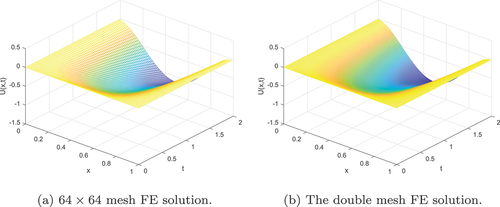
Figure 6. The graph of element-wise absolute maximum error of the FE solution in example 5.1 for mesh when the parameters
and
.

Figure 7. Graphs of the FE solution of example 5.2 for mesh and double mesh grid with parameters
and
.
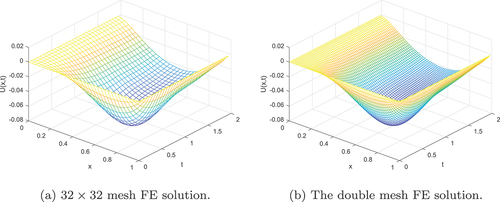
Figure 8. The graph of element-wise absolute maximum error of the FE solution in example 5.2 for mesh when the parameters
and
.
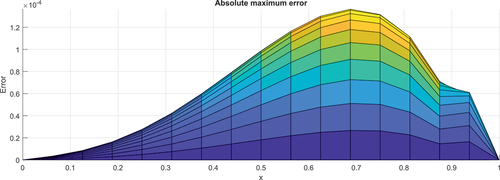
Figure 9. Graphs of the FE solution of example 5.2 for 64 × 64 mesh and double mesh grid with parameters ε = 10 − 10 and μ = 10 − 20.
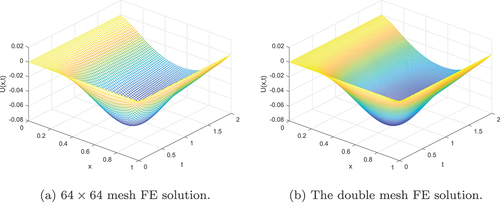
Figure 10. The graph of element-wise absolute maximum error of the FE solution in example 5.2 for 64 × 64 mesh when the parameters ε = 10 − 10 and μ = 10 − 20.
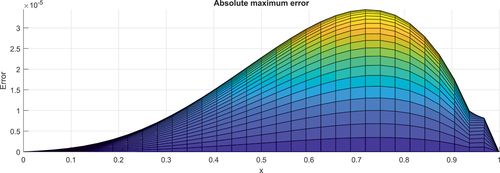
Table 1. Error estimate and convergence rate of example 5.1, for
Table 2. Error estimate and convergence rate of example 5.1, for
Table 3. Error estimate and convergence rate of example 5.2, for
Table 4. Error estimate and convergence rate of example 5.2, for
Figure 11. logarithmic scaled graphs of maximum error versus number of meshes:(a)Example 5.1, and (b) example 5.2.
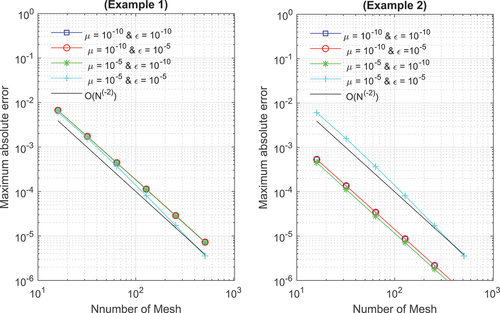
Table 5. Comparison of the error estimate and rate of convergence
of example 5.1, for
and

![Figure 1. Global numerical solution indices refers to local nodes of arbitrary finite element [xi,xi+1]×[tj,tj+1].](/cms/asset/14508f54-6548-476b-af8a-ff27dd18348e/oama_a_2333626_f0001_oc.jpg)